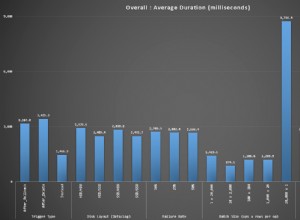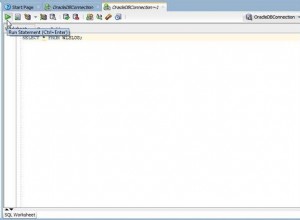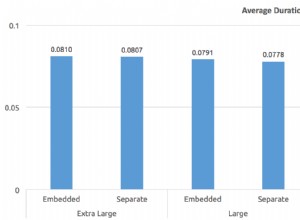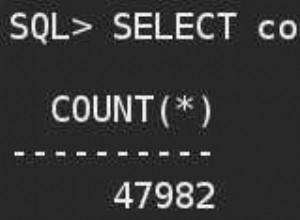Wypróbuj też ten. Przetestowałem to najlepiej, jak mogłem, wierzę, że obejmuje wszystkie możliwości, w tym łączenie sąsiednich interwałów (10:15 do 10:30 i 10:30 do 10:40 są połączone w jeden interwał, 10:15 do 10:40 ). Powinien być również dość szybki, nie zużywa dużo.
with m as
(
select ip_address, start_time,
max(stop_time) over (partition by ip_address order by start_time
rows between unbounded preceding and 1 preceding) as m_time
from ip_sessions
union all
select ip_address, NULL, max(stop_time) from ip_sessions group by ip_address
),
n as
(
select ip_address, start_time, m_time
from m
where start_time > m_time or start_time is null or m_time is null
),
f as
(
select ip_address, start_time,
lead(m_time) over (partition by ip_address order by start_time) as stop_time
from n
)
select * from f where start_time is not null
/




